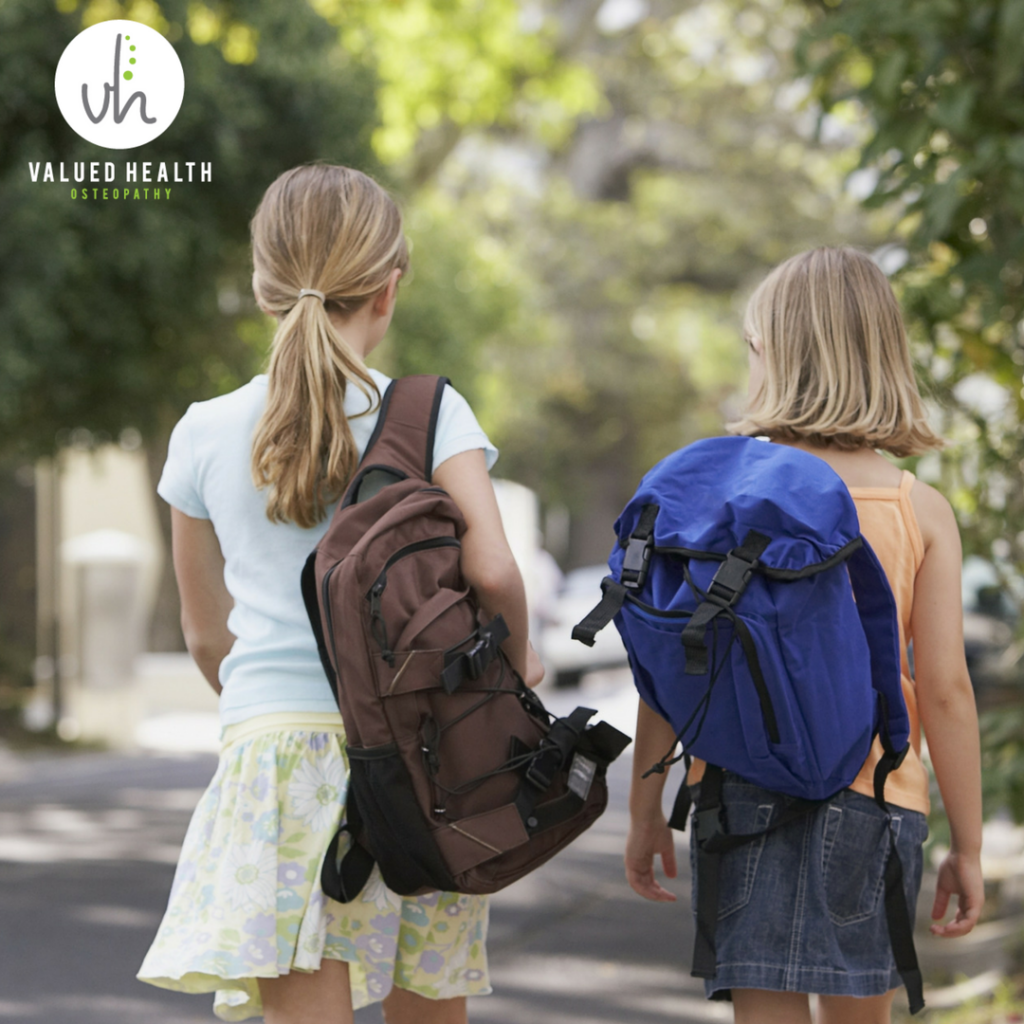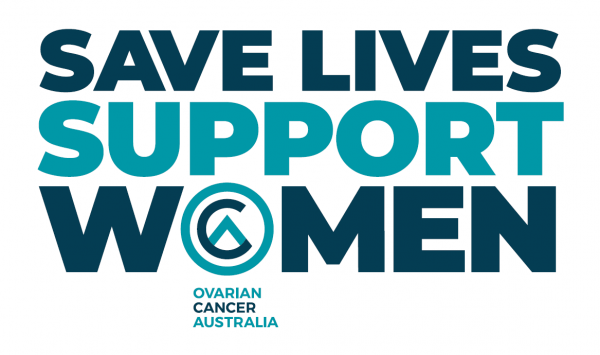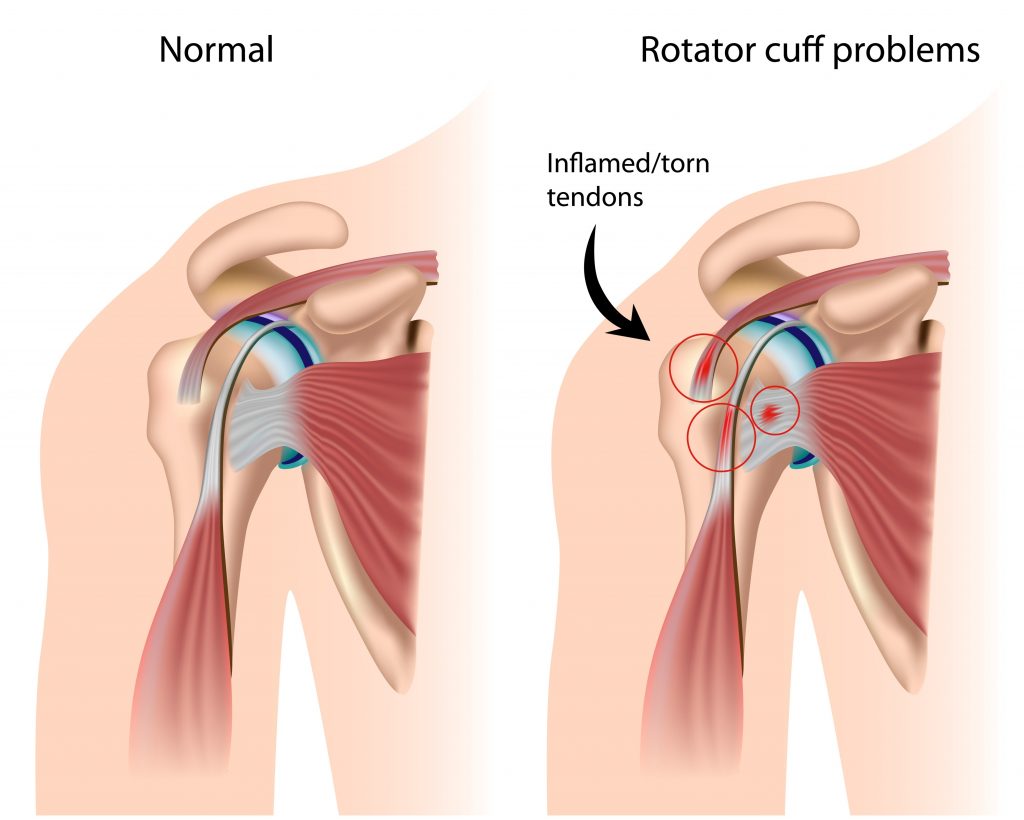Back pain in Children – Back to School and avoiding injuries
Valued Health Osteopathy, Bentleigh East
Osteopath Bentleigh East
Back pain in children. Do you think your child suffers physically from using a computer for schoolwork or from carrying their schoolbag? Many parents spend a lot of time worrying about their child’s health. However, it can typically be the smallest things that seem to be missed.
Back pain in children is a common complaint in Australia.2 Some of the most common causes of back pain in children in Australian include poor posture, inappropriate forms of exercises, carrying heavy schoolbags, obesity, incorrectly packed schoolbags, sedentary lifestyle (sitting down watching a lot of television or in front of the computer) and injuries caused by vigorous sports such as football, gymnastics and rowing.2
Back pain and schoolbags
Victorian studies have shown that one in three school students suffer significant back or neck pain, often thought to be caused by carrying heavy schoolbags.1 Studies also show that a child should not carry a bag that weighs more than 10 percent (%) of their bodyweight.1
For example: For a 40-50kg high school student, 10% of their body weight is 4-5kg.
For a child weighing 25kg, 10% of their body weight is 2.5kg. In this 10% you need to fit in a laptop, textbooks, notepads, a pencil case, lunchbox, water bottle and sports gear. Therefore, a supportive versatile backpack is important.1

So how do you choose the right schoolbag?
Choice suggests that you avoid bags with wheels as kids run around and move from class to class throughout the day meaning they would have to pull the bag over bumpy terrain, on grassed footpaths, lift and carry it on stairs or public transport.2 A backpack is better for the mobile child.2
Make sure they have the proper sized backpack. It is suggested that the backpack should neither extend past their shoulders when sitting down with it, nor be wider than their chest.2
The bag is also recommended to be sturdy and preferably water resistant.2 The material of the bag should be firm to prevent sagging and the base of the bag be abrasive-resistant and/or reinforced.2
More importantly, a schoolbag should have options for custom fitting.1 A custom fitted schoolbag should have:
1. A molded frame and/or an adjustable hip or waist strap. This means that most of the weight will rest on the hips and pelvis, not the shoulders and spine.1 The hip or waist strap is overly important in securing the load when walking, running or cycling.1
2. Compression straps are another important feature. They help to draw the load together, bringing it closer to the child’s back.1 They also help stabilize the contents in the backpack.1
3. Multiple pockets help weight distribution and organisation inside the bag.1 A drink bottle holder on the side of the schoolbag can help keep spillages outside of the pack.1
4. Shoulder straps. Shoulders straps should be able to be adjusted so that the child doesn’t have to lean forward and the base of the schoolbag rests on their hips, not their bottom.1
Tips for choosing and using a schoolbag.
- Choose a backpack that has padded adjustable shoulder, waist and chest straps.1
- Make sure you distribute the weight evenly across both shoulders, making sure not to over-strain one shoulder.1
- Heavy objects should be placed as close to the body as possible to improve the bag’s ergonomics.1
- Minimise the weight of a bag. Carry only what is needed for that day’s work.1
- Preferably, only lift a heavy bag from waist height if possible.1
- We also suggest that before your child heads off to school, make sure they’ve packed their backpack properly. Items shouldn’t be able to move around; the heaviest ones should be packed closest to their back to reduce stress on the spine, lighter items should be packed away from the spine.1
All our Osteopaths at Valued Health Osteopathy are university trained allied health professionals who have completed a minimum of five years of university training in anatomy, physiology, pathology, general diagnosis and osteopathic techniques. It is also a requirement that all our Osteopaths at Valued Health Osteopathy are registered with the Australian Health Practitioner Agency (AHPRA) and Osteopathy Australia (OA).
So, if your child is experiencing back pain or they have a specific injury due to playing sports we may be able to help. To make an appointment with one of our Osteopaths at Valued Health Osteopathy you can book online HERE or call (03) 9570 9061.
You do not need a referral to see one of our friendly Osteopaths at Valued Health Osteopathy. We have a very good relationship with many surrounding doctors, other allied health practitioners and personal trainers in the local community in Bentleigh East and surrounding suburbs.

References:
- Weighed down? Kim Gilmour, Choice, https://www.choice.com.au/babies-and-kids/education-and-childcare/education/buying-guides/school-backpacks, Last Updated: 6 January 2017.
- Back pain in children, Better Health Channel, https://www.betterhealth.vic.gov.au/health/conditionsandtreatments/back-pain-children
- Avoiding injuries from school bags and computers, NSW Department of Education, http://www.schoolatoz.nsw.edu.au/wellbeing/health/ways-to-keep-your-childs-back-and-posture-healthy





